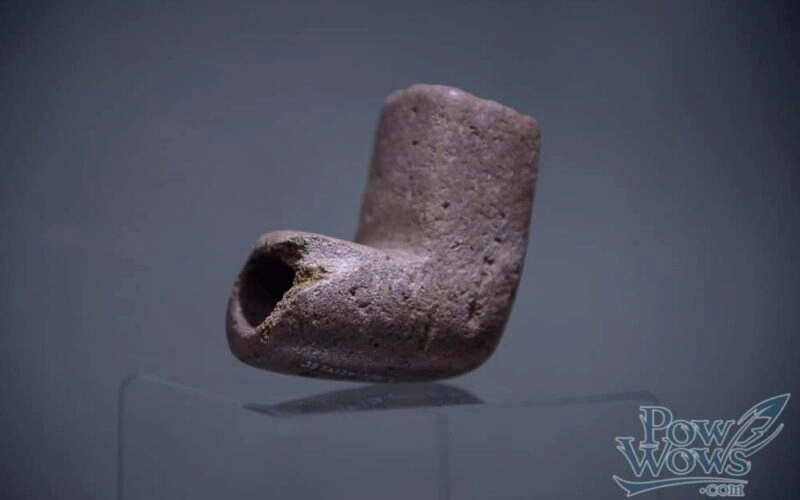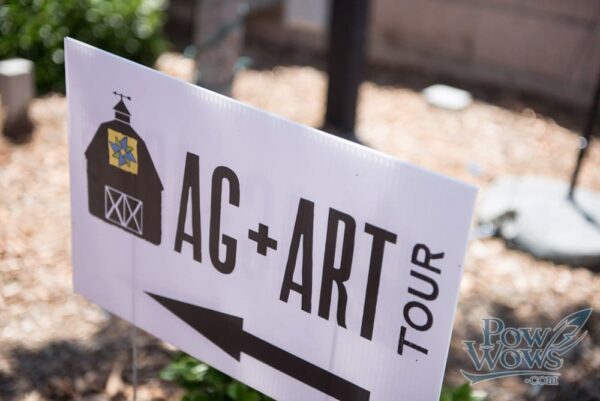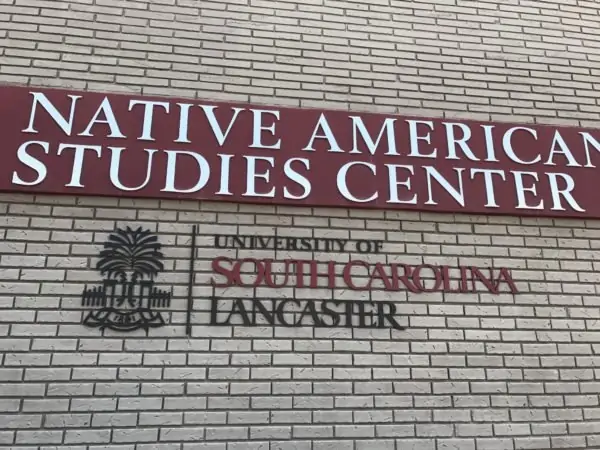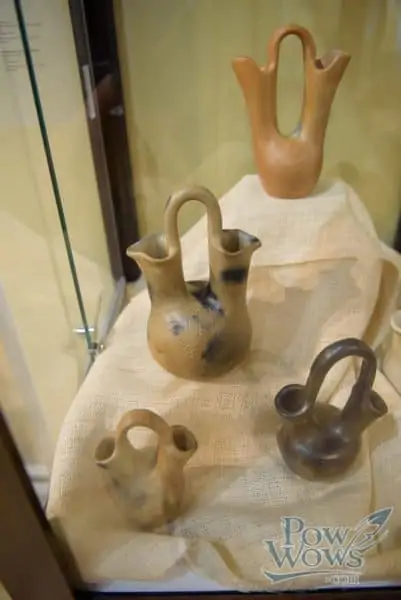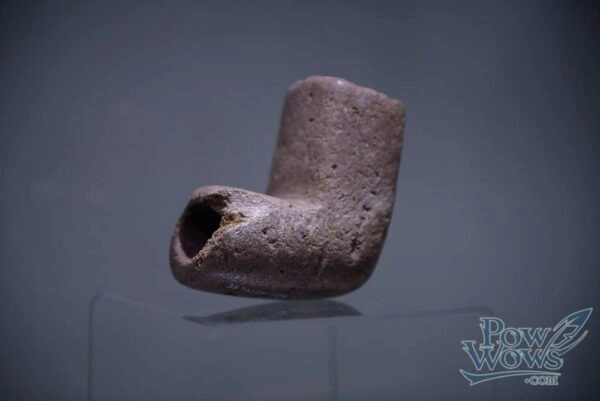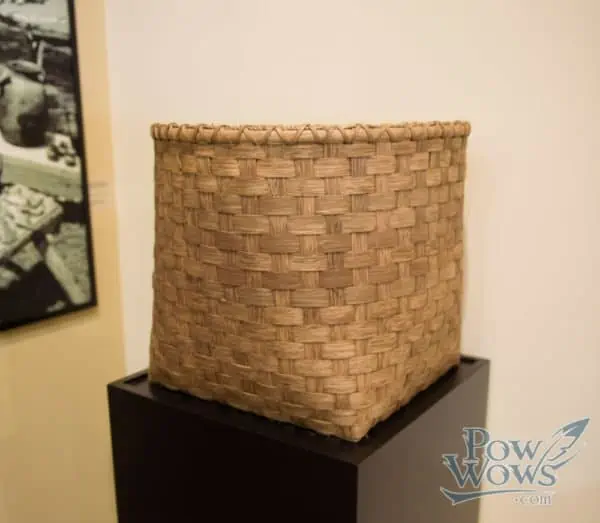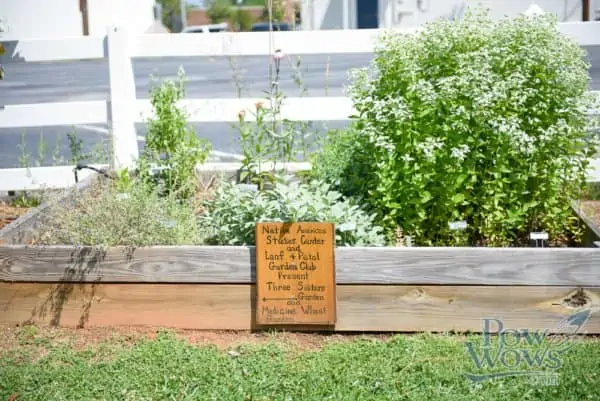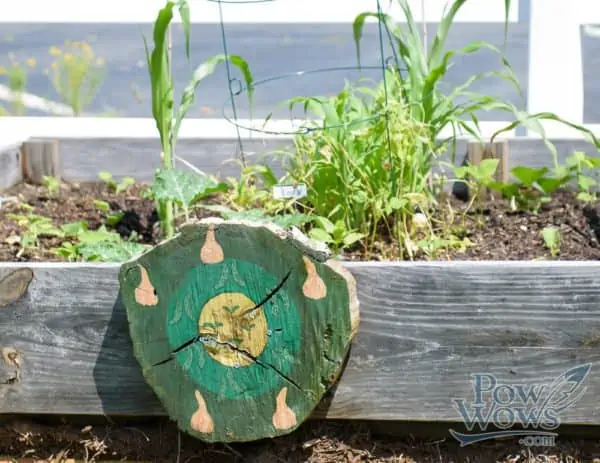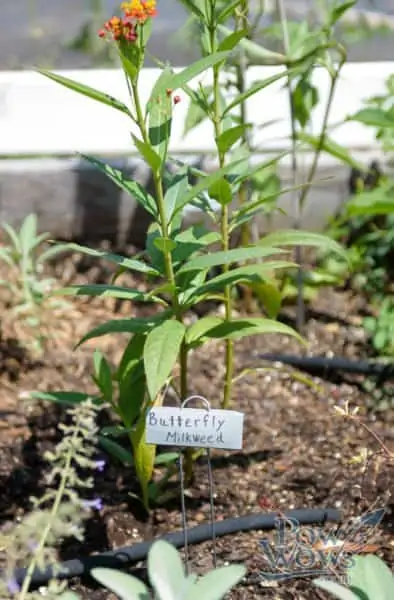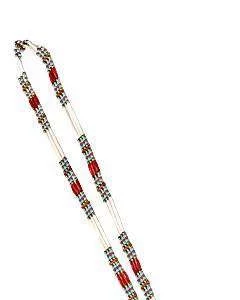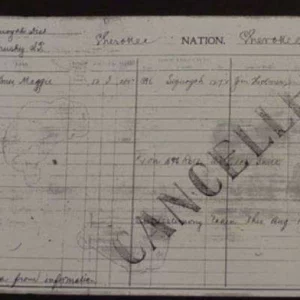My wife Kelli and I recently took part in a tour of local artisans and farms during June, called the Ag + Art Tour. The tour took place over several weekends in different South Carolina counties.
Kelli and I loaded up the car and took off June 17, 2017, and headed to Lancaster County. We made 5 stops on the Lancaster County tour including Dixie Bee Supply, Craig Farm, and Benford Brewery. Our first stop of the morning was at the University of South Carolina Lancaster's Native American Studies Center. We were very excited to visit the center. I've lived in South Carolina almost my whole life and hadn't heard of it or visited.
About the Native American Studies Center:
Established in August of 2012, this comprehensive center for the study of South Carolina’s Native American peoples, their histories, and their cultures offers visitors the opportunity to view the single largest collection of Catawba Indian pottery in existence; study primary and secondary texts on Native Americans in the Southeast; participate in educational classes and programs; and observe archaeology, language, and folklore and oral history labs. – University of Lancaster
The Native American Studies Center has an amazing collection of Catawba pottery–the largest collection of Catawba pottery in the world. Their pottery is the oldest Native pottery tradition east of the Mississippi River.
The Center also includes other Native items including Catawba baskets.
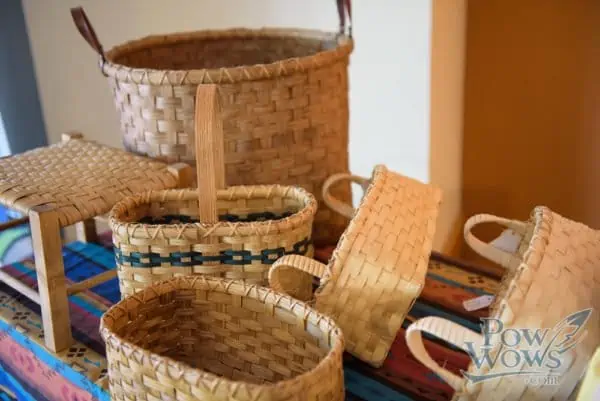
Outside the Center, across the street, is a Native American inspired garden. For the tour the garden was planted with special crops – Three Sisters Garden (Corn, Beans, and Squash) and The Medicine Wheel Garden (Plants and Herbs that cure different ailments).
The Three Sisters is a Native American legend that refers to corn, beans and squash. These beautiful sisters are the “sustainers” of life. They grow together in the same mound each one protecting the others. The corn stands tall so that the beans have a pole to climb. The beans help keep the soil fertile with nitrogen and keep the corn from falling over when it’s windy. Shallow-rooted squash vines act as a living mulch, keeping weeds from invading and protecting the soils’ moisture. Spiny squash plants also help discourage predators from approaching the corn and beans.
Corn, beans, and squash also complement each other nutritionally. Corn provides carbohydrates, the dried beans are rich in protein, and the squash gives us both vitamins from the fruit and healthful oil from the seeds. By retelling the stories and performing annual rituals, the Native Americas have passed down the knowledge of growing, using, and preserving the Three Sisters over the generations.
Thousands of years have been spent gaining knowledge of plants, minerals and their varied uses in medicinal remedies and cures for many common ailments. Native American contributions to pharmacological medicine is unmatched anywhere in the world. When the Cherokee Indians visited their Shaman about their ailments, if the medicine man was in doubt; he communed with the spirits of the plants. They always suggested a proper remedy for mankind’s diseases. This was the beginning of plant medicine from nature among the Native American nation a long, long time ago. We now know that plants must be prepared using exact methods. Otherwise, the results may be ineffective, dangerous, or life threatening. – University of Lancaster
The highlight of the tour stop at the Native American Studies Center was meeting two Catawba artists.
Keith “Little Bear” Brown is a Catawba potter that has been making pottery since 1976.
Keith Brown was born in Rock Hill SC on March 23rd 1951; he is a member of the Catawba Indian Nation who grew up on the Reservation. Keith is the son of Ruby Ayers and William Brown, both Catawba. His family was one of the last large families on the Reservation; Keith has six sisters and three brothers.Keith went to school at the last Catawba School House.
He grew up watching his grandmother and other tribal members make pottery. He would frequently help her prepare clay and burn her pottery. Keith first made pottery in 1976, while attending a pottery class. Keith also had the responsibility of digging and mixing clay. He served twenty years in the Army. He helped to organize and served as president of the American Indian Association at Ft. Stewart, Georgia. Keith retired from the Army in 1993 and moved back to the reservation. Keith has worked as the Exhibits Coordinator for the Catawba Cultural Preservation Project since June 1995. Keith has done demonstrations at the Atlanta History Center, The McKissick Museum, as well as at the Catawba Cultural Center. Keith is a student at The South Carolina Institute of Community Scholars in the Traditional Arts. He specializes in clay effigy pipes. – Catawba Indian Pottery
We also had the pleasure to meet Fay Griener, a Catabawa potter and basket maker. She attended Indian boarding school on the Cherokee reservation. She is very active at the Center and local area teaching about her culture.
We had a great time at the Native American Studies Center and on the Ag + Art Tour. We highly recommend checking out both if you are in South Carolina!
